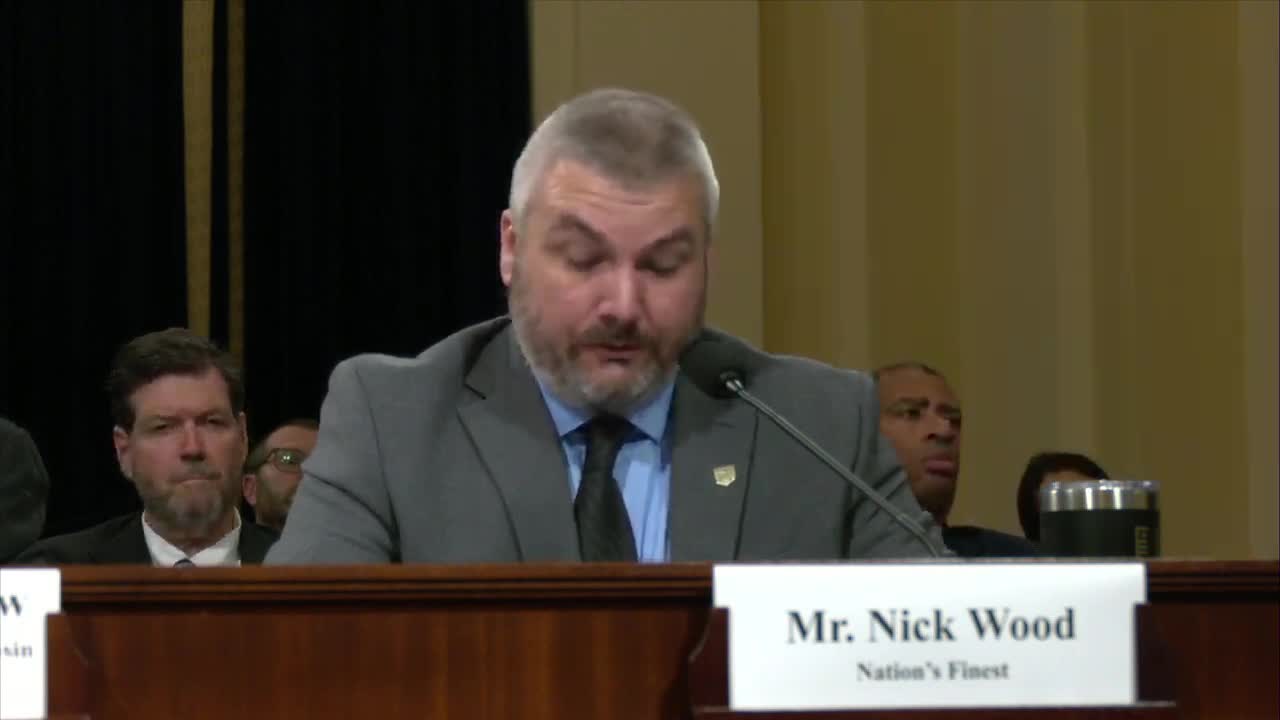Veteran View tool reveals alarming homeless veteran statistics
June 27, 2024 | Veterans Affairs: House Committee, Standing Committees - House & Senate, Congressional Hearings Compilation

This article was created by AI summarizing key points discussed. AI makes mistakes, so for full details and context, please refer to the video of the full meeting. Please report any errors so we can fix them. Report an error »

In a recent government meeting, discussions centered on the challenges of accurately counting homeless veterans, particularly in the Reno area and rural districts of Wisconsin. Nation's Finest, an organization dedicated to veteran services, has developed a new tool called \"Veteran View\" to enhance the understanding of homelessness among veterans. This initiative aims to provide a more comprehensive count, revealing that the Point-in-Time (PIT) counts over the past five years have fluctuated between 119 and 152 homeless veterans in Reno.
However, the data indicates a concerning disparity: there are 1,598 below-poverty disabled veterans in the area, who are at a higher risk of housing instability. This significant ratio suggests that the PIT counts may underestimate the actual number of veterans in need of assistance.
Chairman Van Orden's district was also highlighted, where the lack of major metropolitan areas complicates the data collection process. Providers rely on the PIP balance of state data, which encompasses all towns and counties outside major urban centers in Wisconsin. This broad approach has its limitations, as evidenced by the PIT count reporting 176 homeless veterans in these areas, while census data reveals 363 below-poverty disabled veterans in Eau Claire and La Crosse alone.
The meeting underscored the urgent need for improved data collection methods to better serve the veteran population and address the issue of homelessness effectively.
However, the data indicates a concerning disparity: there are 1,598 below-poverty disabled veterans in the area, who are at a higher risk of housing instability. This significant ratio suggests that the PIT counts may underestimate the actual number of veterans in need of assistance.
Chairman Van Orden's district was also highlighted, where the lack of major metropolitan areas complicates the data collection process. Providers rely on the PIP balance of state data, which encompasses all towns and counties outside major urban centers in Wisconsin. This broad approach has its limitations, as evidenced by the PIT count reporting 176 homeless veterans in these areas, while census data reveals 363 below-poverty disabled veterans in Eau Claire and La Crosse alone.
The meeting underscored the urgent need for improved data collection methods to better serve the veteran population and address the issue of homelessness effectively.
View full meeting
This article is based on a recent meeting—watch the full video and explore the complete transcript for deeper insights into the discussion.
View full meeting